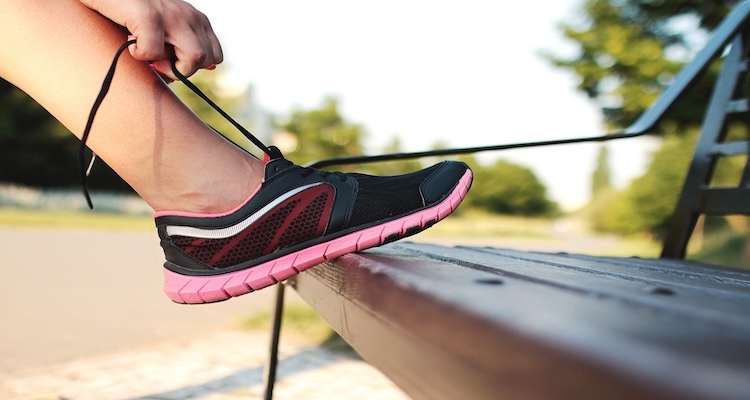
The beep test, formally known as the Multistage Fitness Test, is a widely used aerobic fitness assessment tool designed to measure an individual's cardiovascular endurance and stamina. It involves continuous running between two points, typically 20 meters apart, in response to audible signals, or beeps. The test begins with an initial speed and progressively increases the pace as participants reach designated levels or stages.
Participants start running when they hear a beep and must reach the opposite line before the next beep sounds. As the test progresses, the time between beeps shortens, requiring participants to cover more distance in the same amount of time. If a participant fails to reach the line before the beep, they are eliminated, and the test concludes for them.
The beep test is widely utilized in fitness assessments, sports training, and military evaluations due to its simplicity, objectivity, and ability to gauge an individual's maximal aerobic capacity. The final score is determined by the level and stage reached before exhaustion. It provides a valuable measure of an individual's cardiovascular fitness and is often used to assess and monitor athletic performance and endurance over time.
Improving performance on the beep test involves a combination of cardiovascular fitness, speed, and endurance. Here are ten strategies to help enhance your performance:
Combining these strategies in a well-rounded training program can significantly improve your beep test performance over time. It's essential to progressively increase intensity and challenge yourself to adapt to the specific demands of the test.
Before embarking on any training programme it its always best to speak with an expert. Why not search our directory of sport performance specialists which include experts in fitness training, nutrition and sport psychology.
